Emergencies don’t wait for anyone. When they hit, everyday essentials can disappear from store shelves in an instant. Whether it’s an unexpected natural disaster or a sudden power outage, being prepared isn’t just a smart idea—it’s essential.
A recent 2024 survey shows that 65% of Americans take emergency preparedness more seriously now than a decade ago. The rising frequency of disasters has people concerned about protecting their families and pets in ways they never had to before. And you don’t need to go to extremes; just start with a few basics that can make all the difference.
Here’s a straightforward guide to building a stockpile that keeps you ready, comfortable, and safe when the unexpected happens.
First Aid Kit
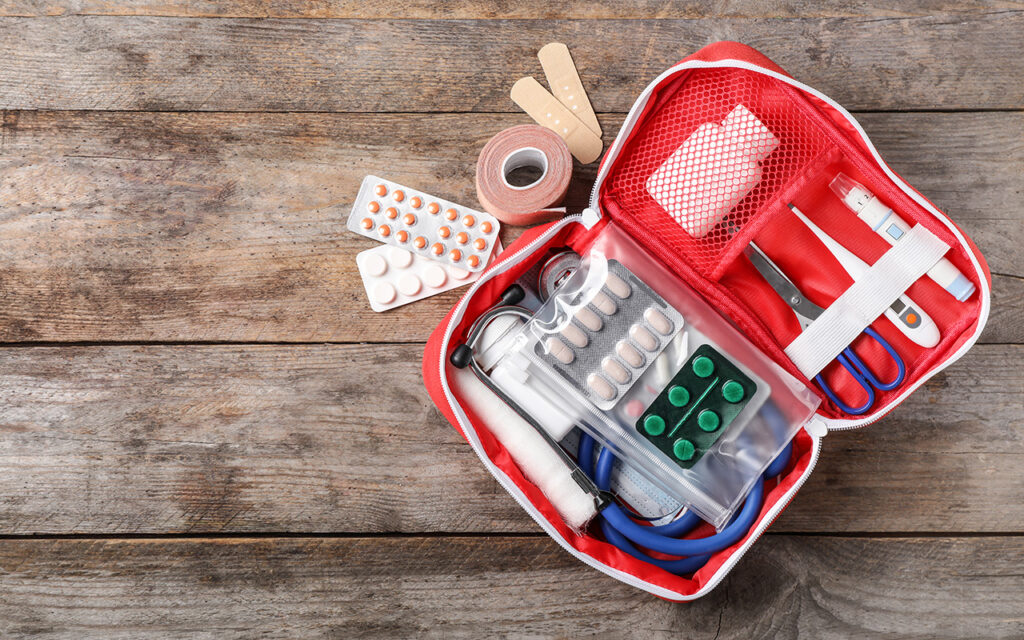
A fully stocked first aid kit serves as your essential defense in emergencies. Pack it with bandages, antiseptics, pain relievers, and any personal medications you might need. Having these essentials on hand could mean the difference between a minor injury and something more serious if medical help isn’t available right away.
Non-Perishable Food Items

Canned goods, dried fruits, nuts—these are your new best friends when access to fresh food is cut off. Focus on foods with a long shelf life that offer plenty of nutrients, like protein and fiber. A well-chosen stockpile will give you energy and peace of mind, even in long-term emergencies.
Water Supply and Purification Tools
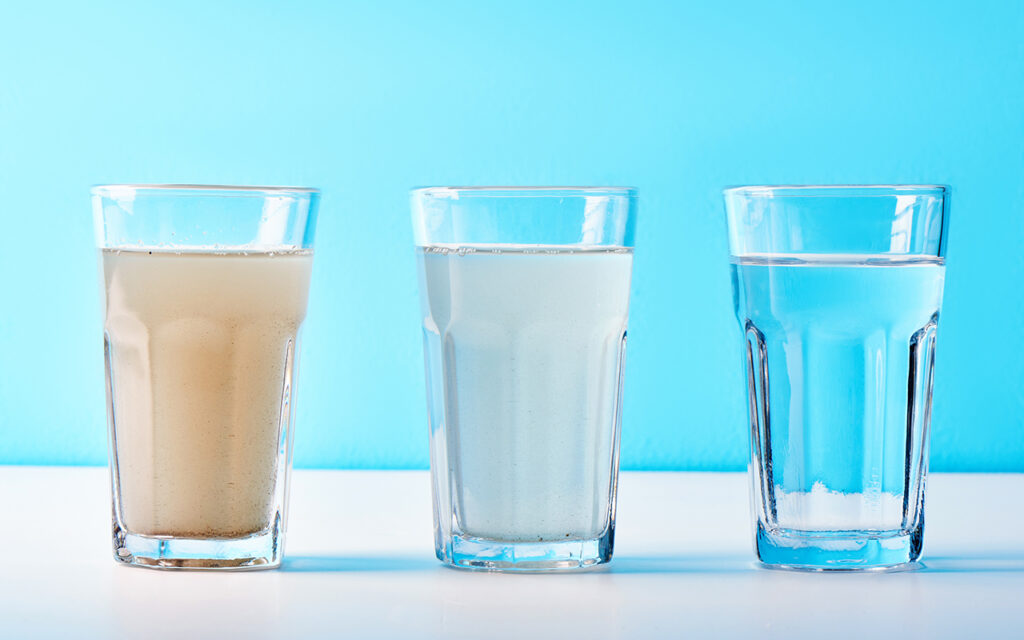
Water is absolutely non-negotiable. The recommended minimum is one gallon per person per day for at least three days, but more is even better. And don’t forget water purification tablets or filters—they can make contaminated water drinkable if your regular supply runs out. When clean water is in short supply, you’ll be glad you’re prepared.
Personal Hygiene Products
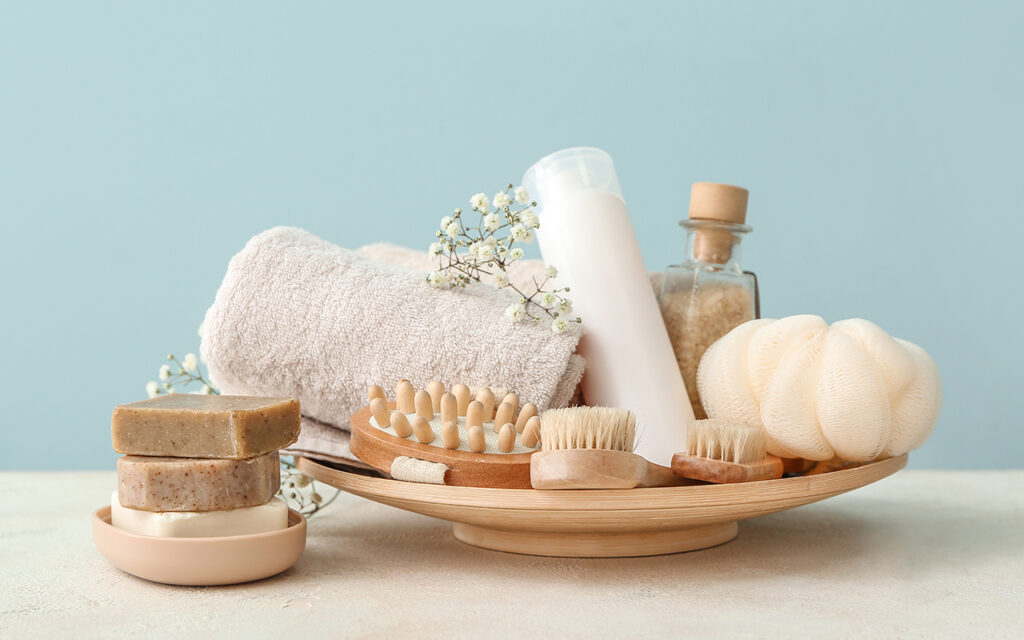
Keeping clean is about more than comfort; it’s crucial for health. Stock soap, toothpaste, hand sanitizer, and any other basics you use daily. In a crisis, simple hygiene products can keep you from getting sick and help you feel a bit more like yourself when things are chaotic.
Flashlights and Extra Batteries
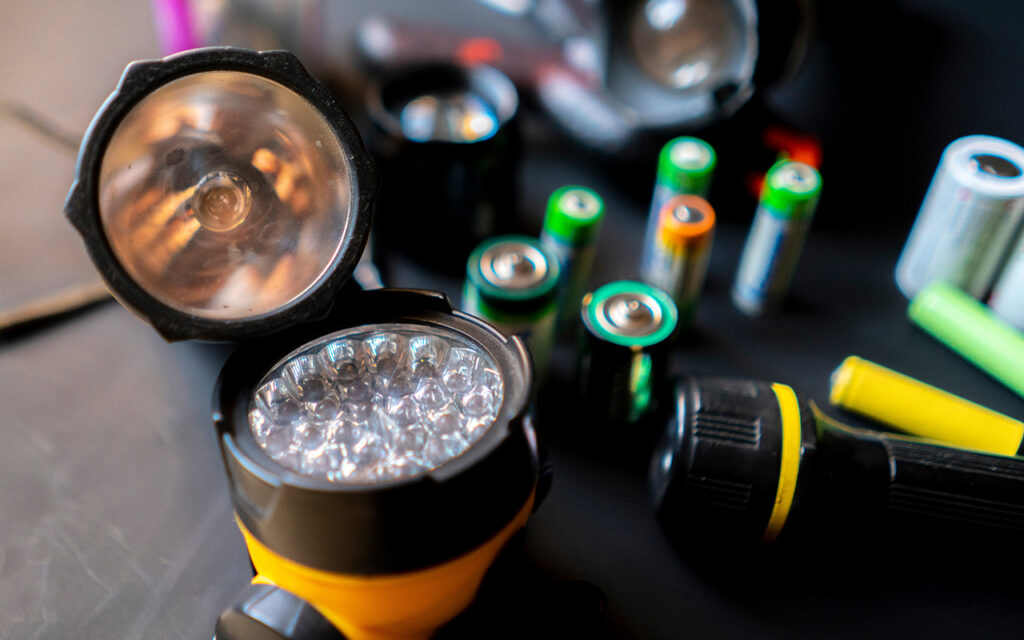
When the lights go out, you’ll want a flashlight (or three). LED flashlights are a good choice since they’re bright and long-lasting. And don’t skimp on extra batteries! A reliable light source means you can safely navigate in the dark, reducing risks of accidents and injury.
Backup Power Bank or Generator
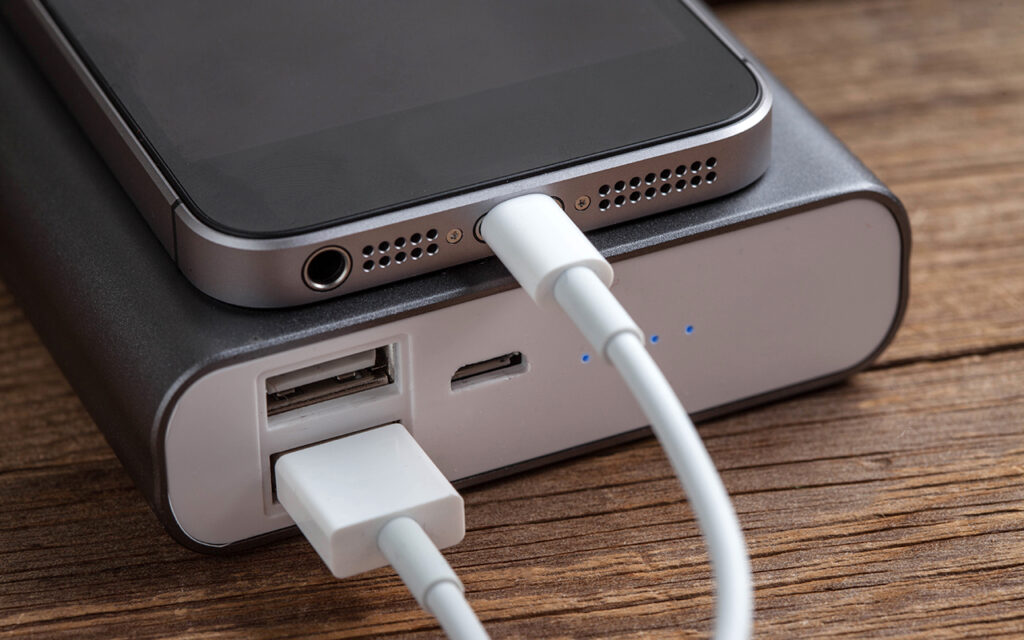
In today’s world, staying connected can be just as important as having food and water. A portable power bank will keep your phone charged for emergencies, while a small generator can give you a power boost for essential devices. When the grid goes down, a little extra power can go a long way.
Emergency Blankets and Sleeping Bags
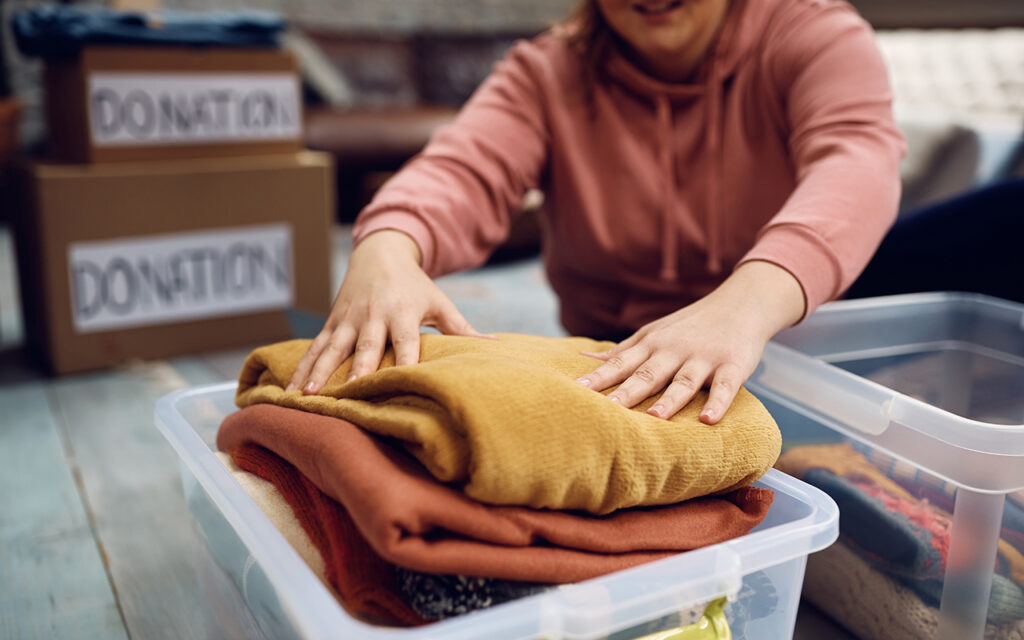
Staying warm is critical, especially if you’re facing cold weather without heat. Emergency blankets and sleeping bags are compact and designed to retain warmth, making them essential for colder conditions. They’re also great for camping, so you’ll get extra use out of them in non-emergency times, too.
Multi-Tool and Basic Tool Kit
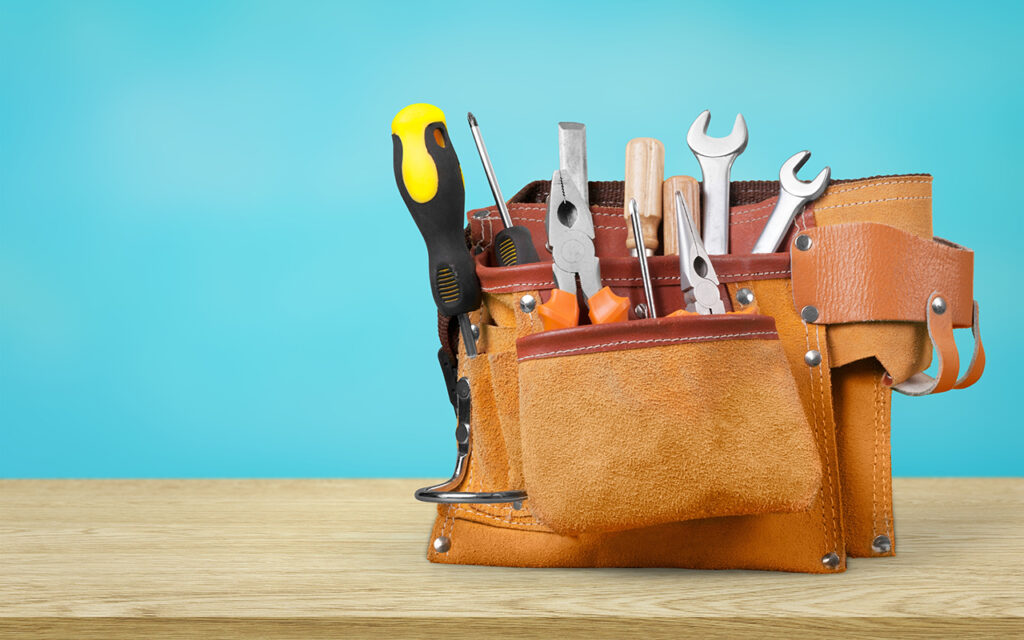
A good multi-tool is like a Swiss army knife on steroids—knives, screwdrivers, and pliers all rolled into one. Pair it with a basic tool kit, and you’re ready to tackle everything from opening cans to making minor repairs. It’s a must-have in any emergency kit for its sheer versatility.
Fire-Starting Kit
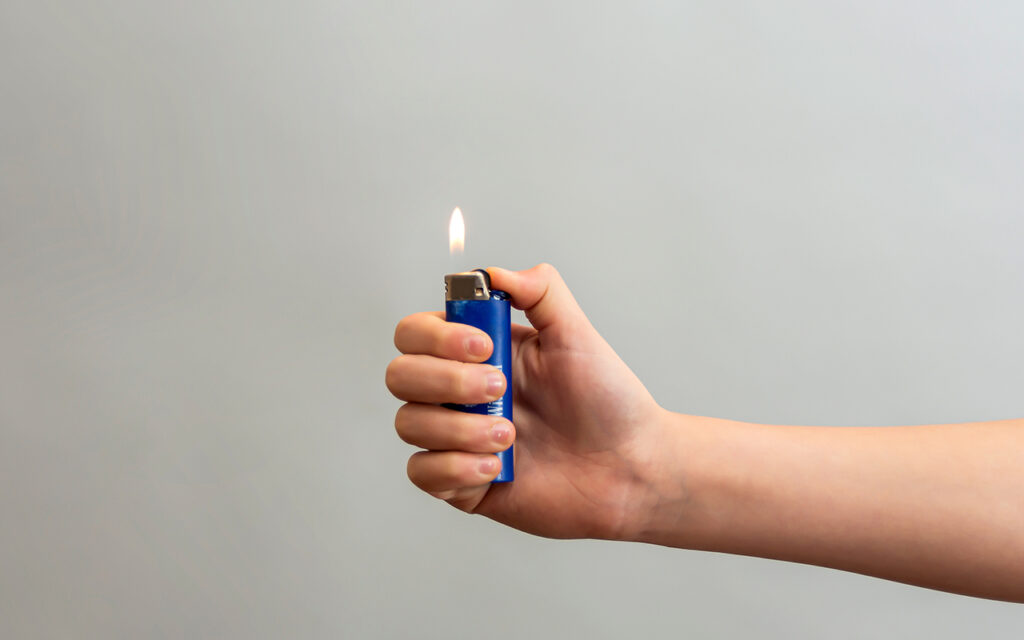
Fire is fundamental for cooking, warmth, and even signaling for help. Keep a lighter, waterproof matches, and a fire-starting tool stashed away. In a pinch, these tools could make a huge difference in your comfort and safety.
Medications and Prescription Refills
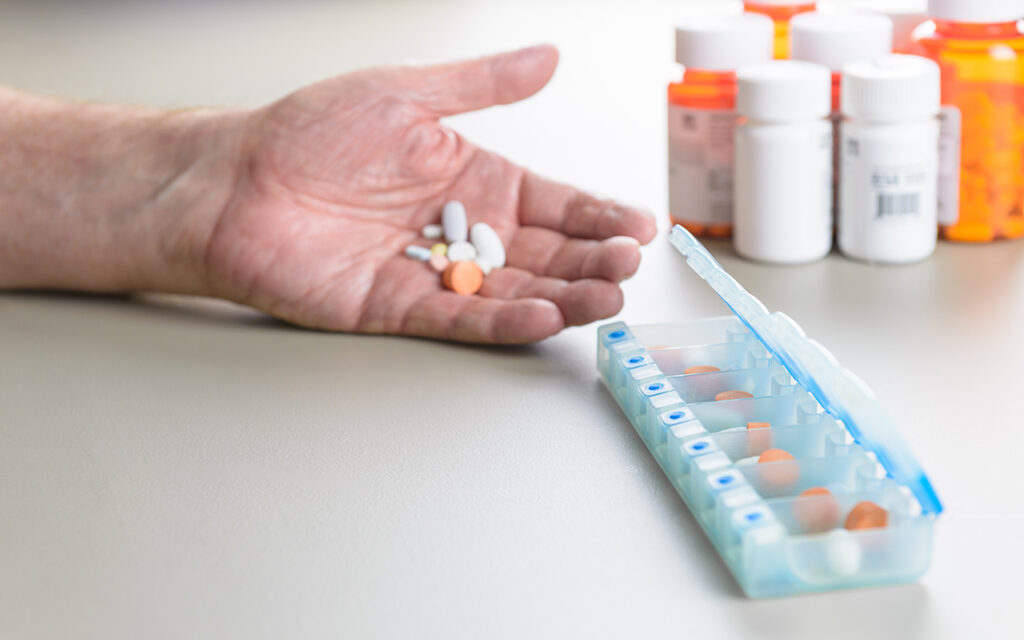
If you have prescriptions, an emergency supply is vital. Pharmacies may be closed or unreachable, so plan ahead by keeping an extra refill or a few weeks’ worth of your medications on hand. This one step could prevent a medical issue from escalating into a real crisis.
Face Masks and N95 Respirators
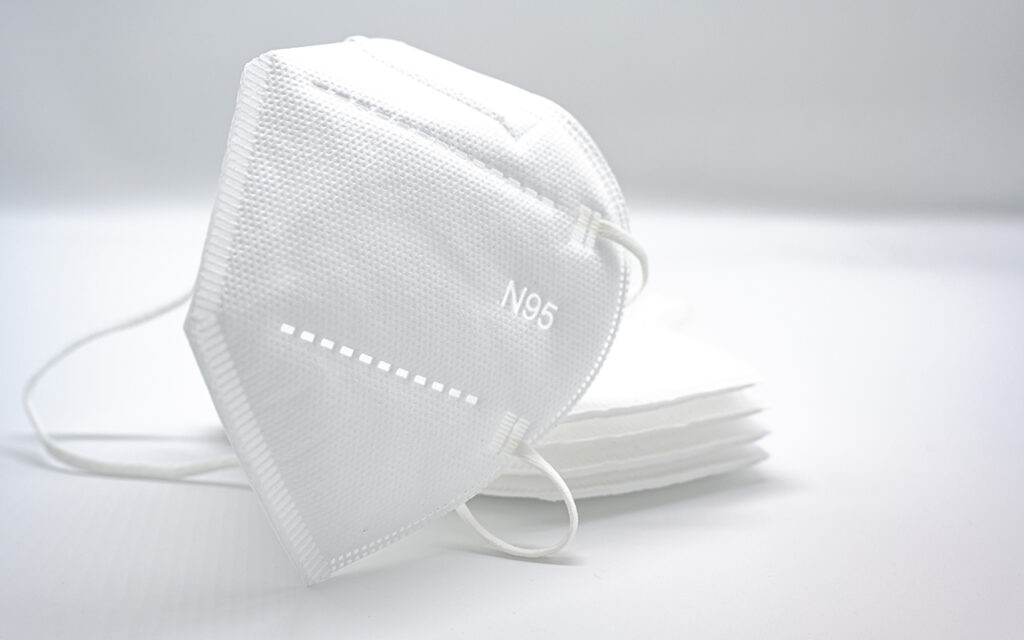
Face masks protect against more than just viruses. Wildfire smoke, pollution, and dust all become risks in certain emergencies. N95 respirators offer the highest level of protection and can be lifesavers if air quality becomes dangerous. It’s a simple step that brings major peace of mind.
Portable Radio
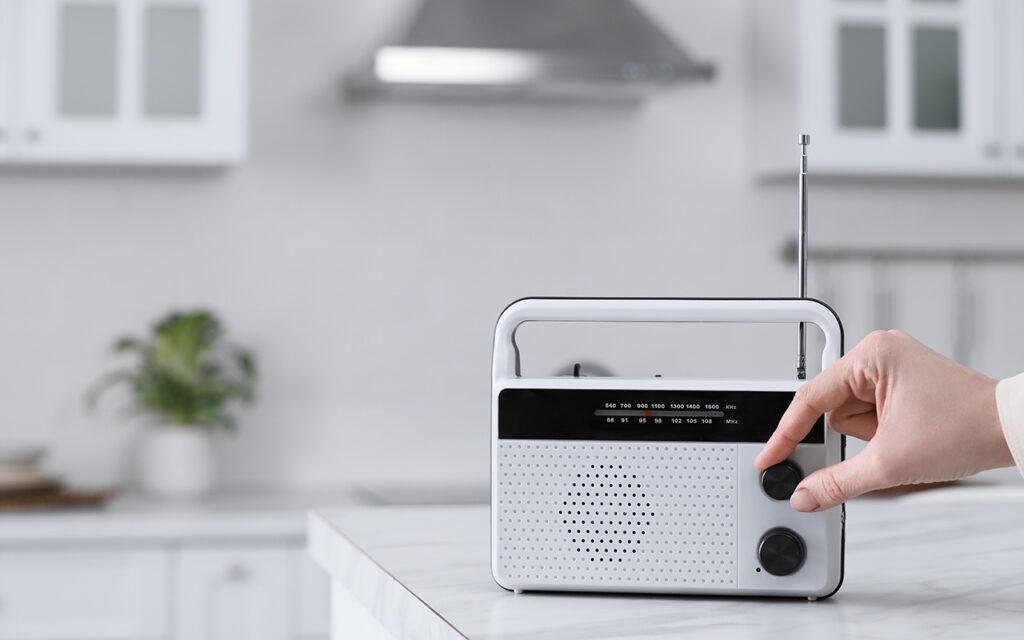
When cell towers go down, a battery-powered or hand-crank radio becomes invaluable. With it, you can tune into local stations for weather alerts, emergency updates, and news from authorities. Radios are simple but effective tools for staying informed when other channels are down.
Whistle and Signaling Tools
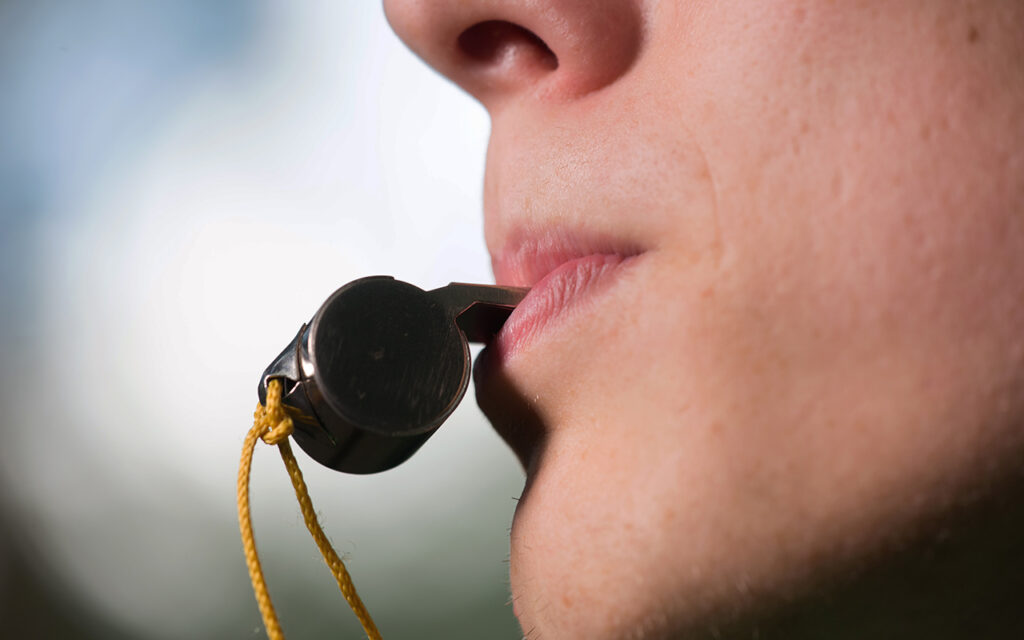
In emergencies, getting noticed is half the battle. A whistle or signaling mirror helps you attract attention if you need assistance. These tools are compact, affordable, and incredibly useful if you need to signal for help from a distance.
Sturdy Clothing and Footwear
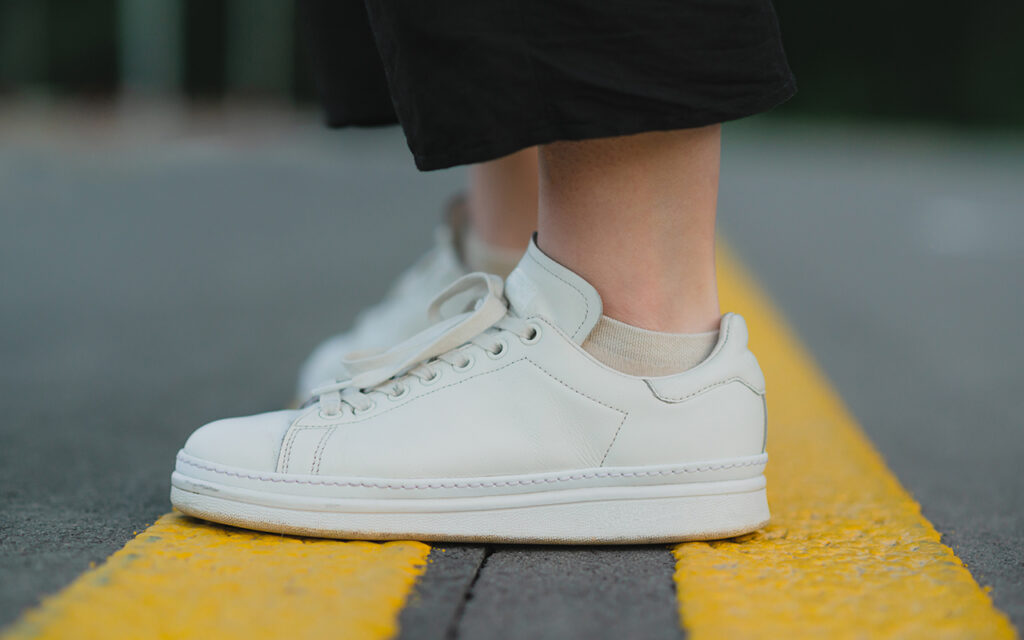
Your clothing isn’t just about comfort; it’s about protection. Durable clothes and good shoes help you navigate tough terrain and stay safe if you need to evacuate on foot. Pick items that are weather-appropriate and built to last.
Important Documents in a Waterproof Bag
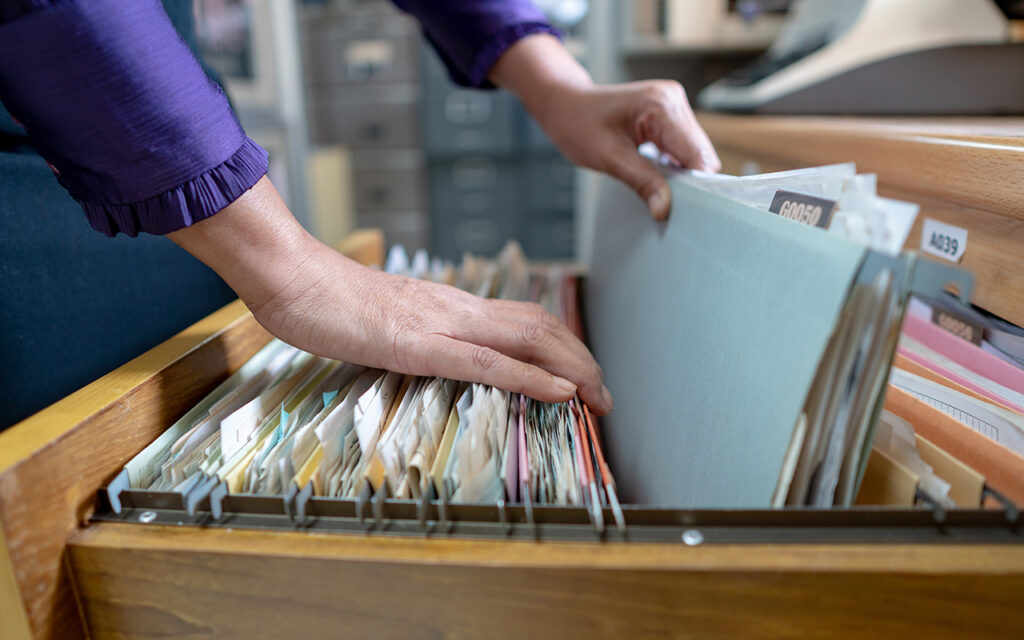
Documents like IDs, insurance policies, and bank records should be kept in a waterproof bag for safekeeping. That way, you’ll have everything you need to access funds, prove your identity, and navigate recovery efforts. Consider storing digital copies on an encrypted device as a backup.
Final Thoughts
Being prepared does not have to be overwhelming or expensive. Start with the essentials, build over time, and tailor your kit to fit your unique needs. Emergencies might be unpredictable, but the way you prepare for them doesn’t have to be.What’s in your emergency kit? Share your top picks and survival tips to help others get better prepared—you never know who could benefit from a little extra insight!